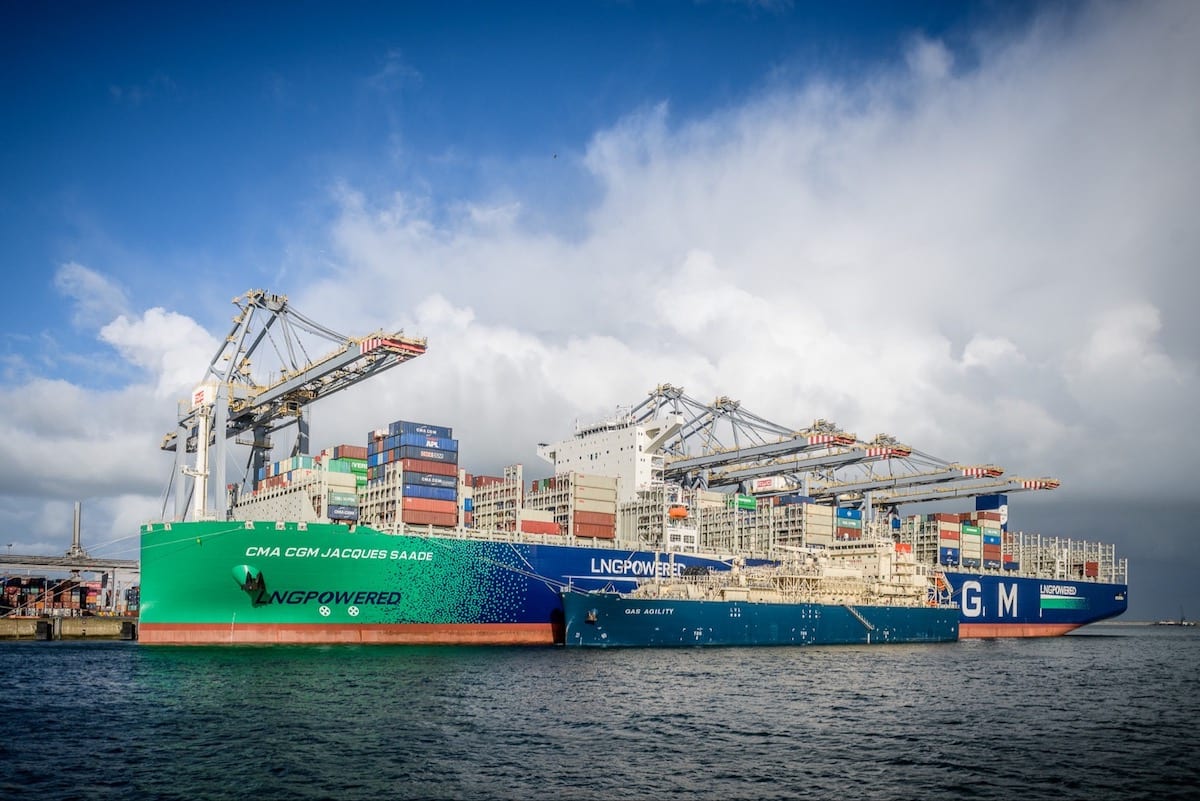Image: Nakilat
Japanese companies sent a huge contingent to LNG 17 the other week, which makes sense considering they are, and will likely remain the world’s biggest consumers of LNG for the foreseeable future.
With soaring energy costs, the Japanese seemed to have a pretty uniform goal, to invest as much as possible in other sources of energy and energy supply chains around the world. Many others like Qatar and Saudi Arabia are following suit and hedging themselves for what is turning out to be a reversal of their business model. Even the Louisiana Offshore Oil Port, which connects the world’s largest oil tankers with over half of the United States’ refining capacity is readjusting its business model for the changing flow of energy.
With the eventual opening of the LNG flood gates from the US however, coupled with Free Trade Agreements to places such as Japan, American energy firms and tax payers stand to cash in on the huge price gap that exists between the price of gas in the U.S. versus that which exists overseas.
ExxonMobil, with their acquisition of XTO, now owns the biggest conventional gas acreages in the United States and stands to become the biggest winner of all and has the potential to put the exclamation point on CEO Rex Tillerson’s career.
Besides huge profits for gas producers in the US, the gas revolution is going to be extraordinarily good for far eastern shipyards like Daewoo, Samsung, Hudong-Zhonghua, and Hyundai Heavy Industries.
At the moment, there’s a fairly good balance between supply and demand when it comes to the supply of ships and the demand for LNG product to be carried. Qatar, for example, uses 54 LNG carriers to transport their 77 million metric tons per year of LNG. Qatar also has a 70% stake in the Golden Pass LNG terminal in Texas. Additional exports from the US Gulf Coast will directly equal increased demand for more LNG carriers.
While regulators in the US trudge through the LNG export approval process, energy firms like Anadarko charge ahead with an ambitious LNG agenda offshore Mozambique in a field which was recently found to have at least 65 trillion cubic feet of recoverable reserves.
Places like Mozambique, and offshore Israel as we mentioned in a recent interview, have the potential to really change the LNG marketplace given the sheer size of their fields and their proximity to the Asian and European markets respectively.
Not necessarily in a good way for the United States however.
As more gas becomes available on the market, the price will inevitably drop, and the window of opportunity to gain huge profits from overseas shipments of North American LNG will slowly close. The demand for natural gas, by all accounts will continue to grow globally over the forseeable future, but as some like Wärtsilä Vice President John Hatley have noted, the United States is currently in a “Golden Era of Gas.”
In Mozambique, two 5 million metric tons per annum (mtpa) LNG trains are currently under construction to support the huge conventional gas finds located 25 miles offshore.
Their partners on the project include Mozambiquan state oil company, Empresa Nacional de Hidrocarbonetos, E.P., India’s state-owned Bharat PetroResources Ltd, Indian private equity firm Videocon Hydrocarbon Holdings, Ltd, Thailand’s PTT Exploration & Production, and Mitsui & Co. Considering the partners involved, their target market will predominantly be India and Japan.
First LNG production is planned for 2018 and their plans are to eventually ramp up production to 50 million mtpa, or 2/3rds of the current production of Qatar.
What does that mean for LNG shipping?
A lot more ships. To handle 50 million mtpa, upwards of 35 LNG carriers may be needed for transportation if you compare the ratio between Qatar’s fleet size and their total LNG exports. Floating re-gasification will also likely be required in various locations which is great news for regas pioneer, Excelerate Energy.
How many ships are being built right now? Click HERE to find out.
Unlock Exclusive Insights Today!
Join the gCaptain Club for curated content, insider opinions, and vibrant community discussions.

 Join The Club
Join The Club













